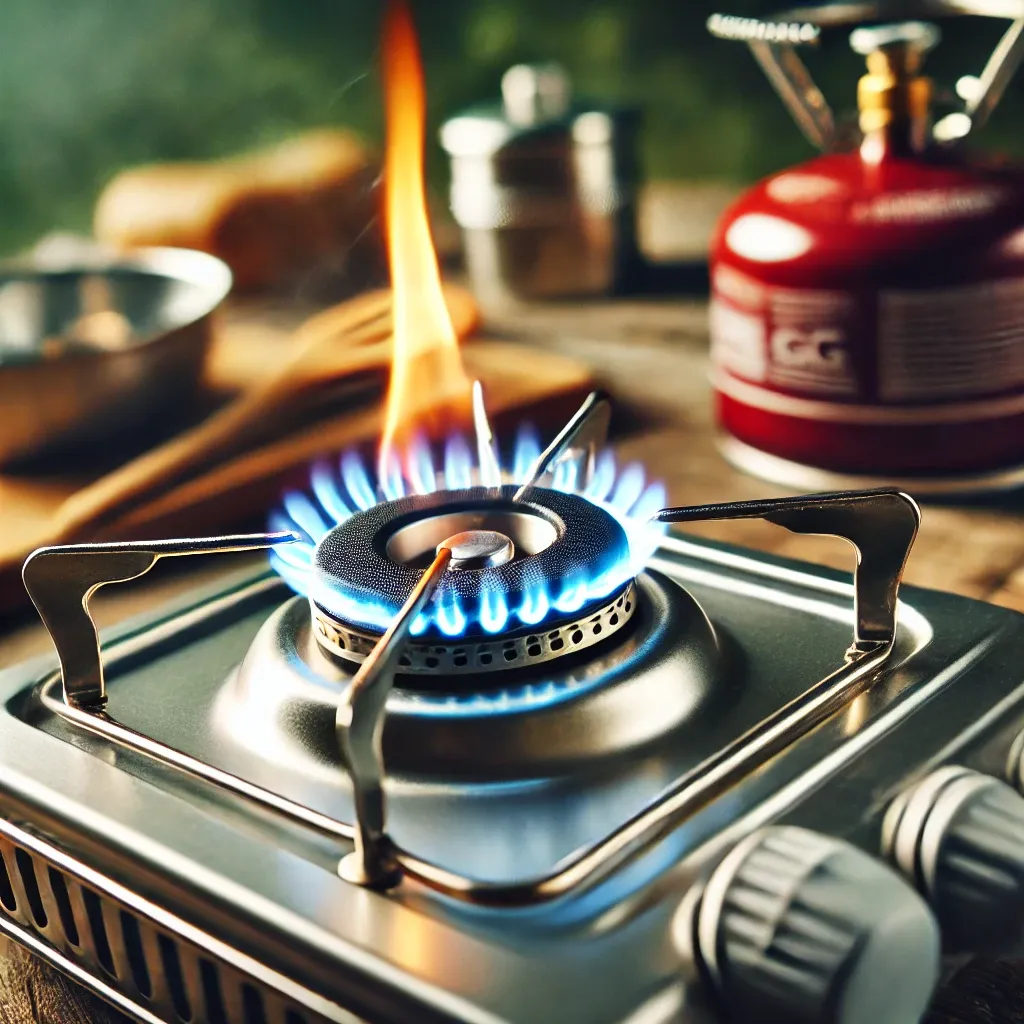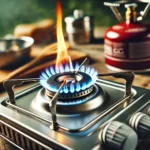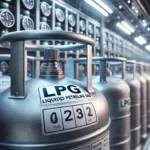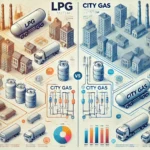Have you ever wondered how an LPG burner works? In this post, we dive into the ins and outs of LPG burners, exploring their adapters, connections, and usage tips to ensure efficient and safe cooking.
LPG burners are a common tool in both professional kitchens and outdoor cooking setups. Whether you’re preparing food while camping, using an LPG burner in a restaurant, or just cooking at home, understanding how they work is crucial for safety and performance. In this article, we’ll cover everything from the basics of LPG burner adapters and connections to how to use them effectively.
LPG Burner Adapter
An LPG burner adapter is an essential component for connecting the burner to your LPG gas source. These adapters are typically used when you need to connect a portable LPG burner to different types of gas cylinders or change the size of the nozzle to fit the burner.
Why is an LPG Burner Adapter Important?
-
Compatibility Not all LPG burners are compatible with every type of gas cylinder. The adapter helps bridge the gap between various cylinder connections and the burner.
-
Safety Using the correct adapter ensures that the connection is secure, preventing leaks that could lead to dangerous situations.
-
Ease of Use Adapters make it easier to set up your burner, as they are designed for quick and easy installation, saving you time when you’re in a rush.
-
Durability Good quality adapters are built to last, and they can withstand high pressure from the gas cylinder without breaking down.
-
Cost-Effectiveness Instead of purchasing a new burner, an adapter allows you to use your existing equipment with different gas sources.
How to Choose the Right Adapter
Selecting the correct LPG burner adapter involves considering the following factors:
-
Cylinder Size Ensure the adapter is compatible with the size of your gas cylinder, whether it’s a small camping cylinder or a larger home gas supply.
-
Pressure Rating Different burners require different pressure levels to operate. Choose an adapter that can handle the required pressure.
-
Material Quality High-quality brass or stainless steel adapters are typically more durable and resistant to corrosion.
For example, if you’re using a small camping stove with a standard 3/8” thread connection, you’ll need an adapter that connects that thread to your larger propane tank. A mismatch here can lead to poor performance or hazardous leaks.
👉 Learn more about LPG burner adapters 👈
LPG Burner Connection
The connection of your LPG burner to the gas supply is crucial for both performance and safety. Proper connections ensure that gas flows smoothly and at the right pressure to the burner, minimizing the risks of gas leaks and enhancing the efficiency of the burner.
Key Components of an LPG Burner Connection
-
Hose The hose is the primary link between the burner and the gas cylinder. It needs to be durable and resistant to wear and tear from exposure to gas and high temperatures.
-
Regulator The regulator controls the flow of gas from the cylinder, ensuring it reaches the burner at the correct pressure.
-
Nozzle The nozzle directs the flow of gas into the burner, creating the flame needed for cooking.
-
O-Ring Seals These are essential for ensuring a leak-proof connection between the hose, burner, and cylinder.
-
Valve A shut-off valve is a safety feature that allows you to stop the gas flow when the burner is not in use.
Common Connection Issues
-
Loose Connections If the hose isn’t tightly connected, gas may leak, leading to wasted fuel or dangerous conditions. Always ensure that the connections are secure.
-
Incorrect Regulator Pressure A regulator set to too high or low pressure can cause the burner to work inefficiently. For instance, a regulator with too high a pressure can result in an overly intense flame, while too low pressure can prevent the burner from igniting properly.
-
Damaged Hose or O-Rings Over time, hoses can wear out or develop cracks, which can lead to leaks. Always check for signs of damage before using your burner.
How to Securely Connect Your LPG Burner
-
Turn off the Gas Always make sure the gas cylinder valve is turned off before starting any connections.
-
Inspect the Hose and Connections Check the hose for cracks and ensure the nozzle is clean.
-
Tighten the Connections Use your hands or appropriate tools to ensure all connections are tight, but don’t over-tighten, which could damage the components.
-
Test for Leaks Before using the burner, check for gas leaks by applying a soapy water solution to the connections. If bubbles form, there is a leak that needs fixing.
👉 Learn more about LPG burner connections 👈
How to Use LPG Burner
Using an LPG burner correctly not only ensures optimal performance but also guarantees your safety. Here are some tips for safely and effectively using your LPG burner:
Step-by-Step Guide to Using Your LPG Burner
-
Check the Gas Supply Ensure the gas cylinder is full and properly connected to the burner.
-
Open the Gas Valve Slowly open the valve on your gas cylinder, allowing gas to flow to the burner.
-
Ignite the Burner Use an ignition source (such as a match or ignition switch on the burner) to light the burner. Always light the burner immediately after turning on the gas.
-
Adjust the Flame Once the burner is lit, adjust the flame to the desired size by controlling the gas flow.
-
Turn Off After Use After you finish cooking, turn off the burner and gas cylinder valve. It’s always good practice to wait for the burner to cool down before storing it.
Tips for Safe Use
-
Avoid Using the Burner Indoors LPG burners should be used in well-ventilated areas to prevent the accumulation of harmful gases.
-
Always Supervise the Burner Never leave the burner unattended while it’s in use, especially if it’s operating on high heat.
-
Regular Maintenance Clean the burner and its parts regularly to avoid buildup of grease and food residue, which could affect the flame and burner efficiency.
By following these simple steps, you ensure that your LPG burner operates safely and efficiently, whether it’s used for outdoor cooking, camping, or everyday household cooking.
👉 Learn more about how to use your LPG burner 👈
Conclusion
LPG burners are an incredibly versatile and efficient tool for cooking in a variety of settings, from outdoor camping to restaurant kitchens. Understanding how to properly set up your LPG burner, including knowing how to choose the right adapter, make secure connections, and use the burner safely, can make all the difference in achieving perfect cooking results while ensuring safety. Always remember to check for leaks, use the right equipment, and follow safety guidelines.
With the right knowledge and care, your LPG burner can serve you reliably for years to come, whether you’re grilling outdoors or cooking a quick meal at home.






